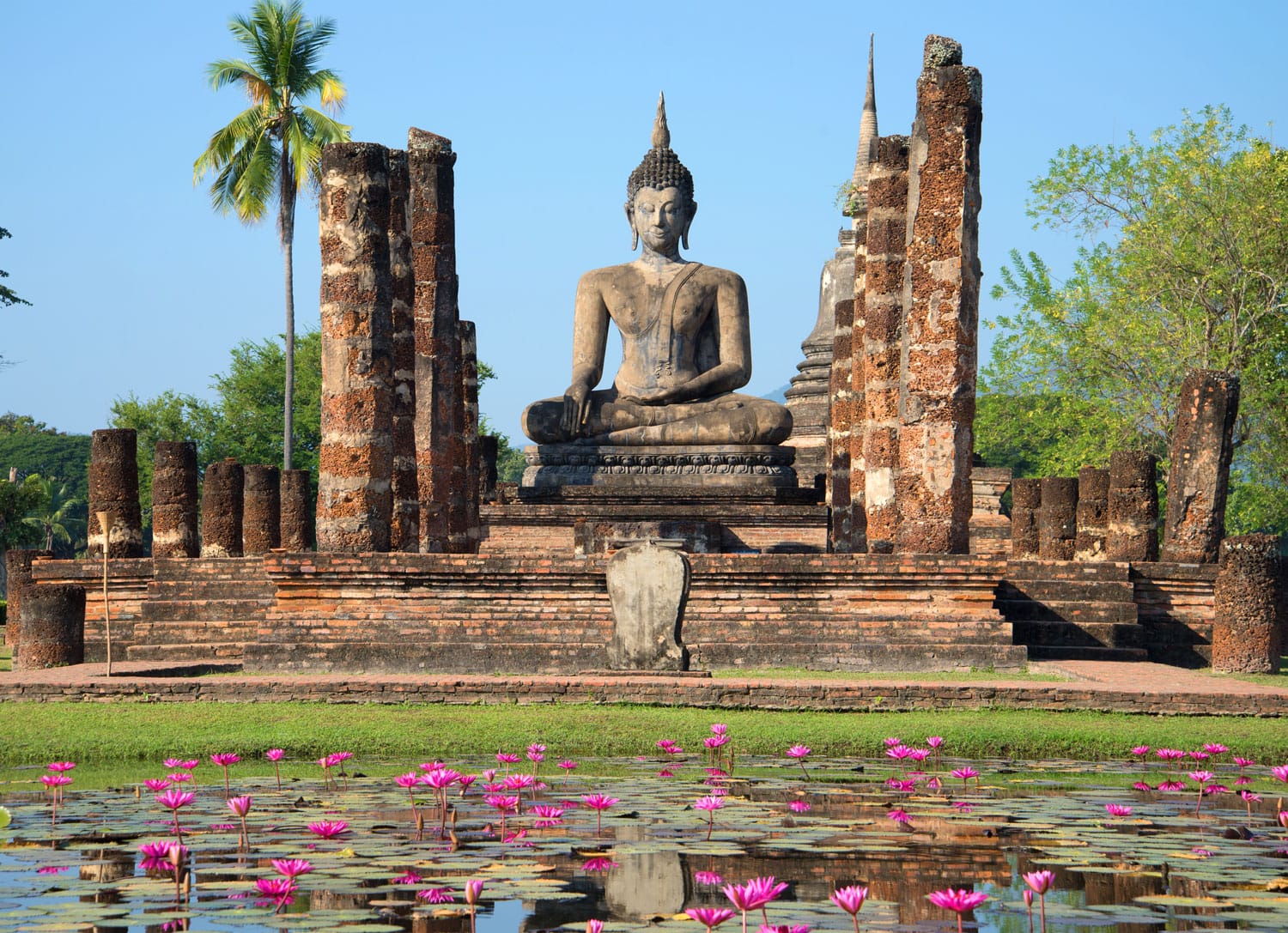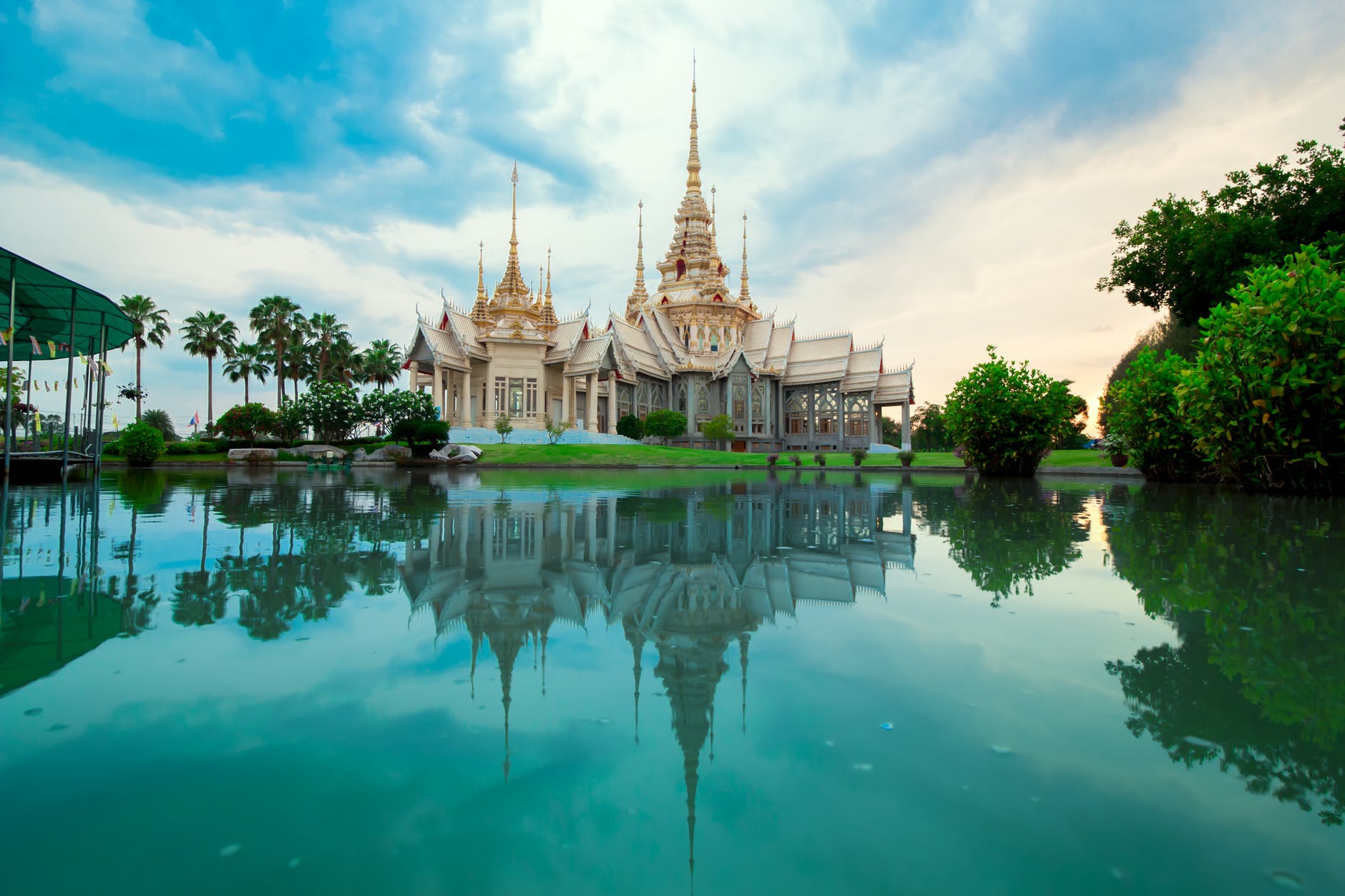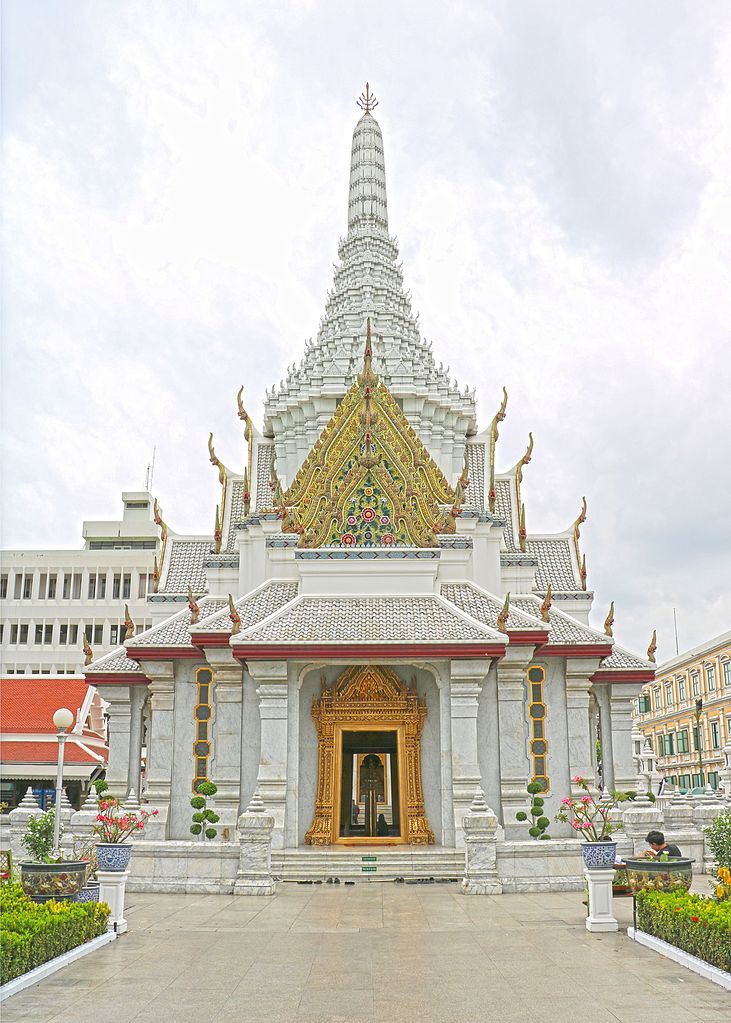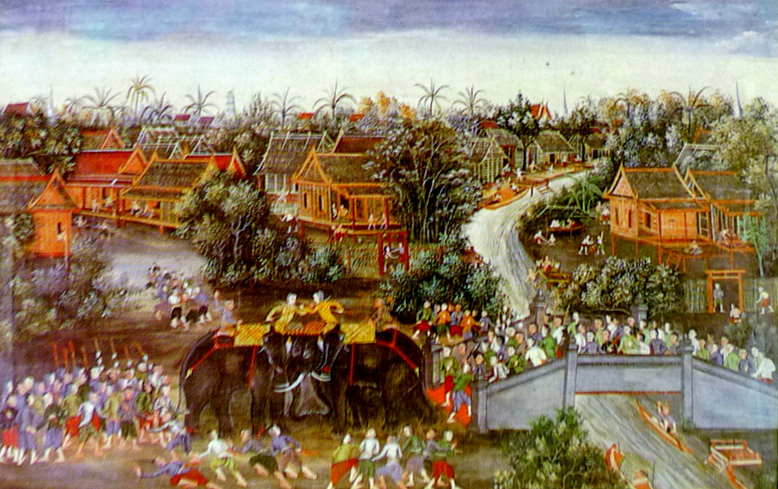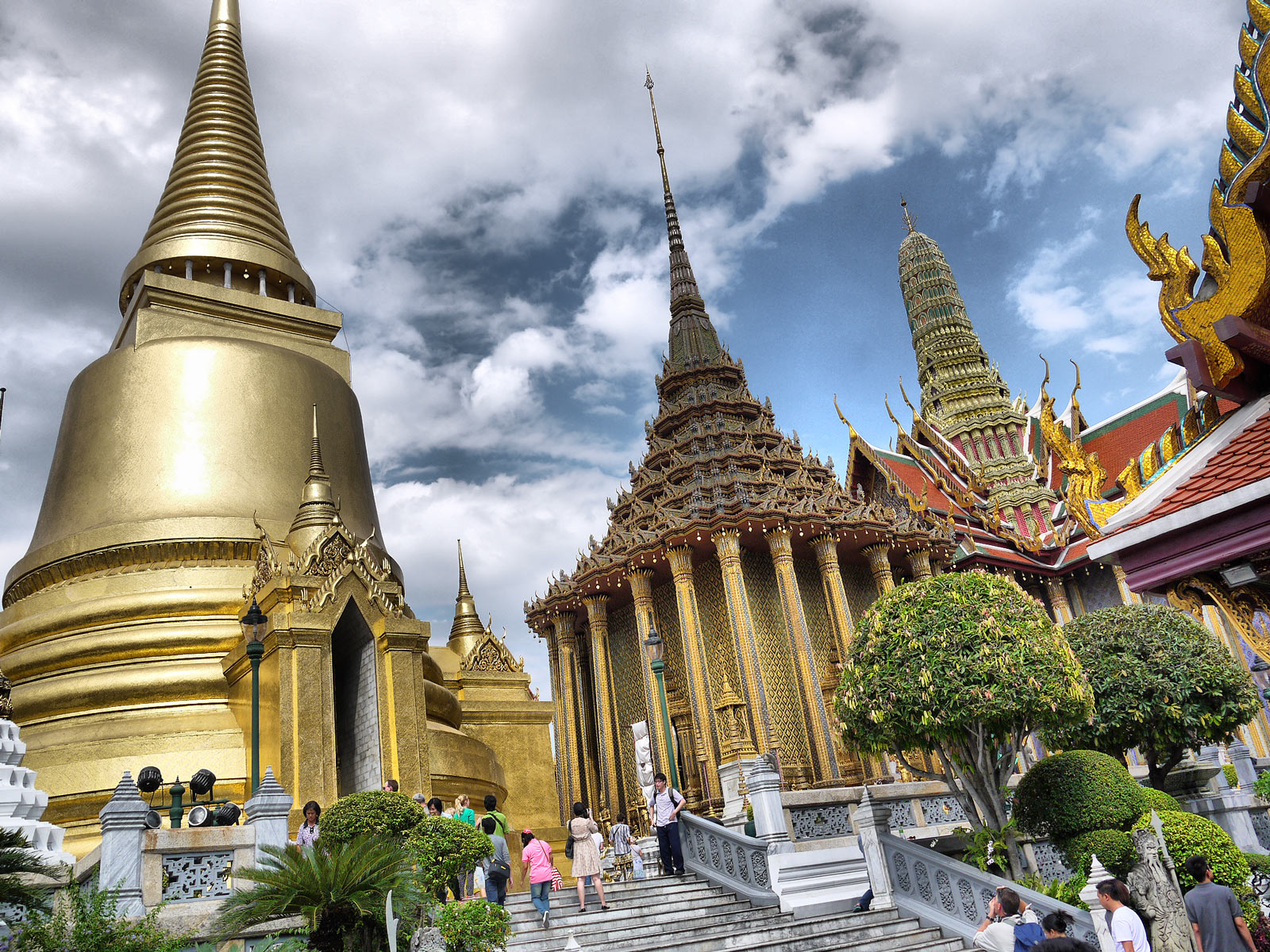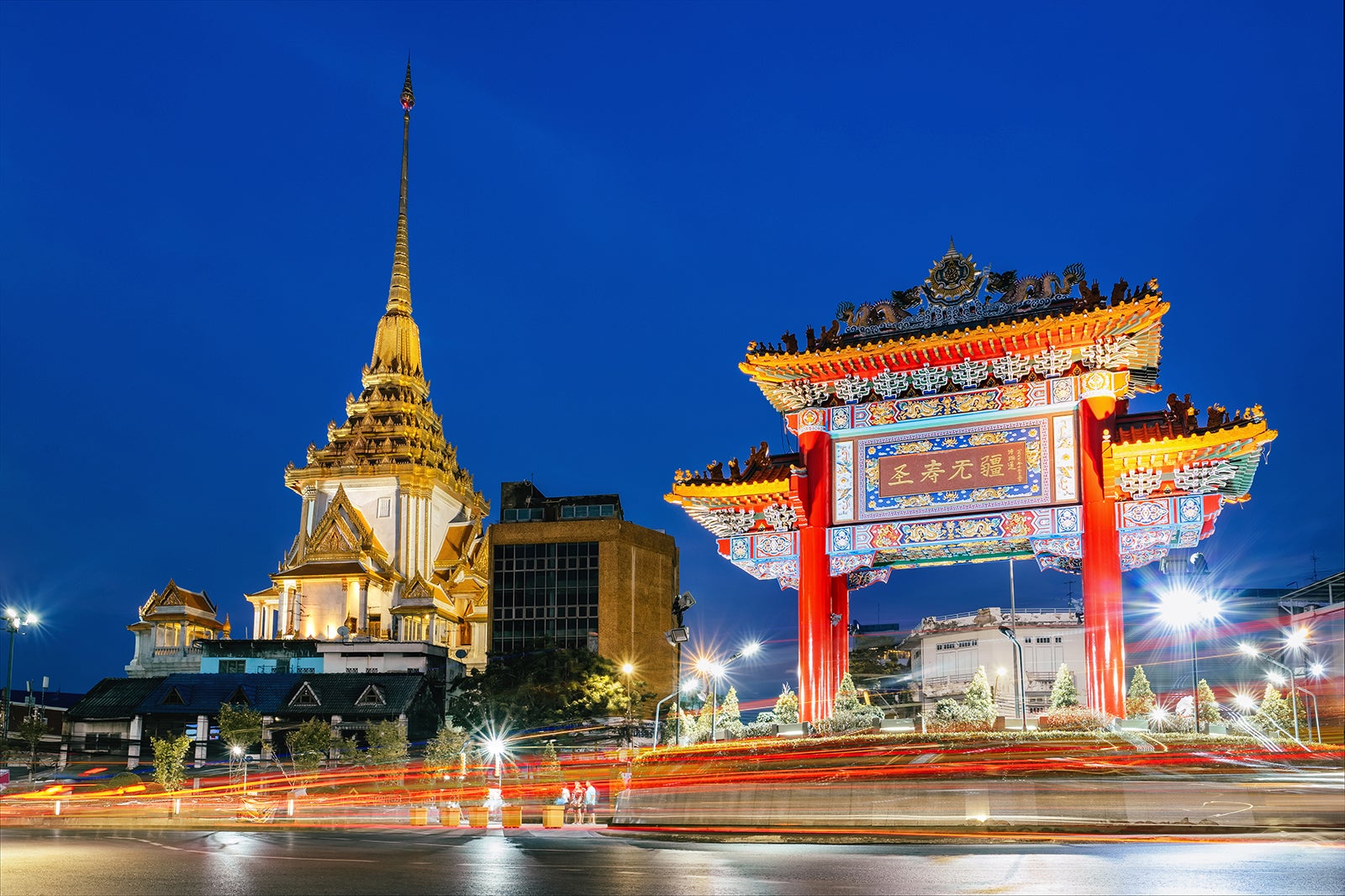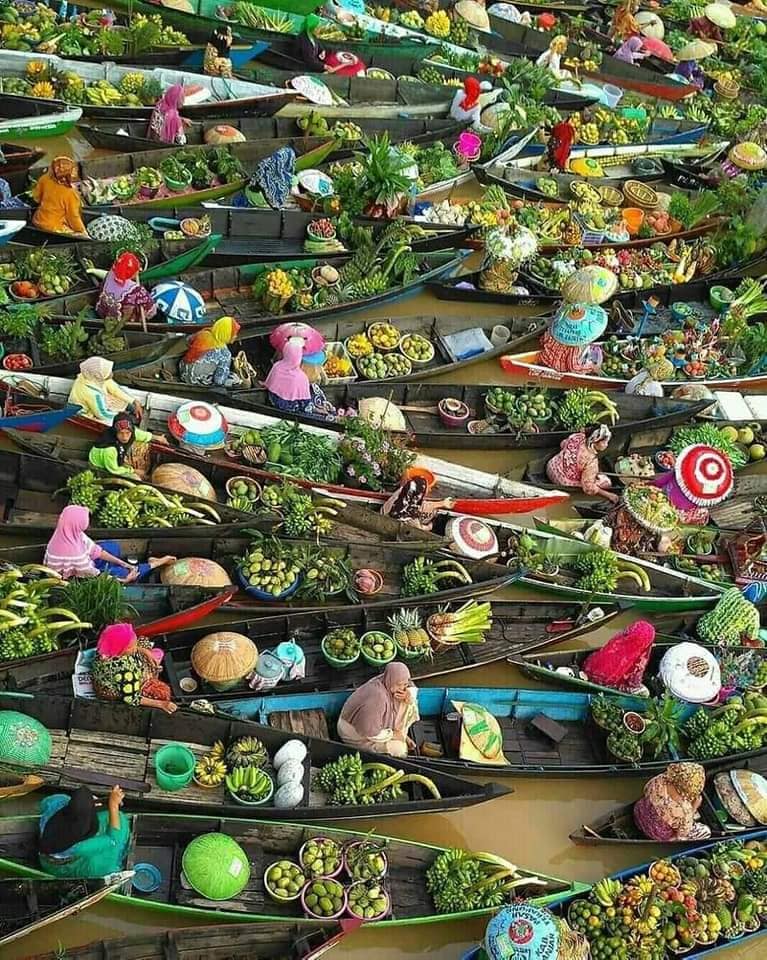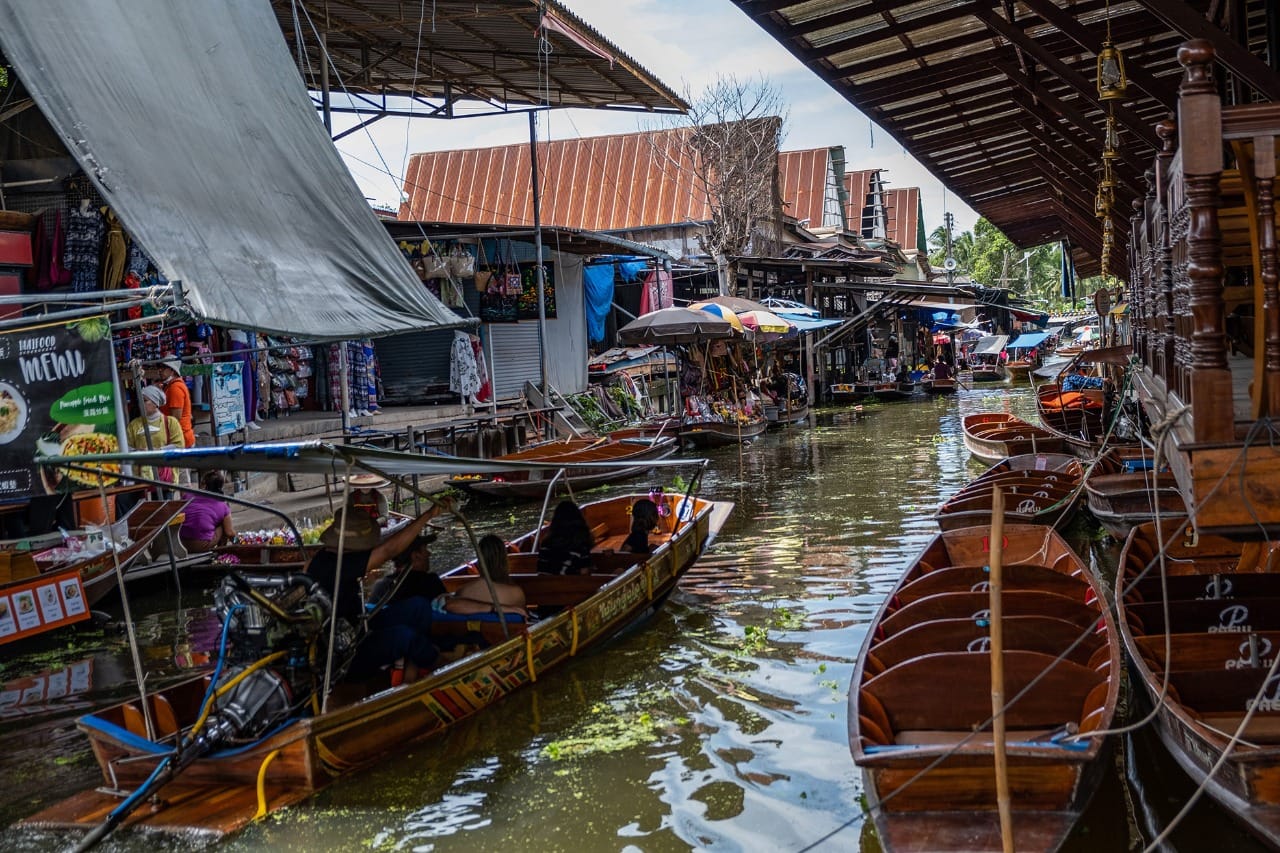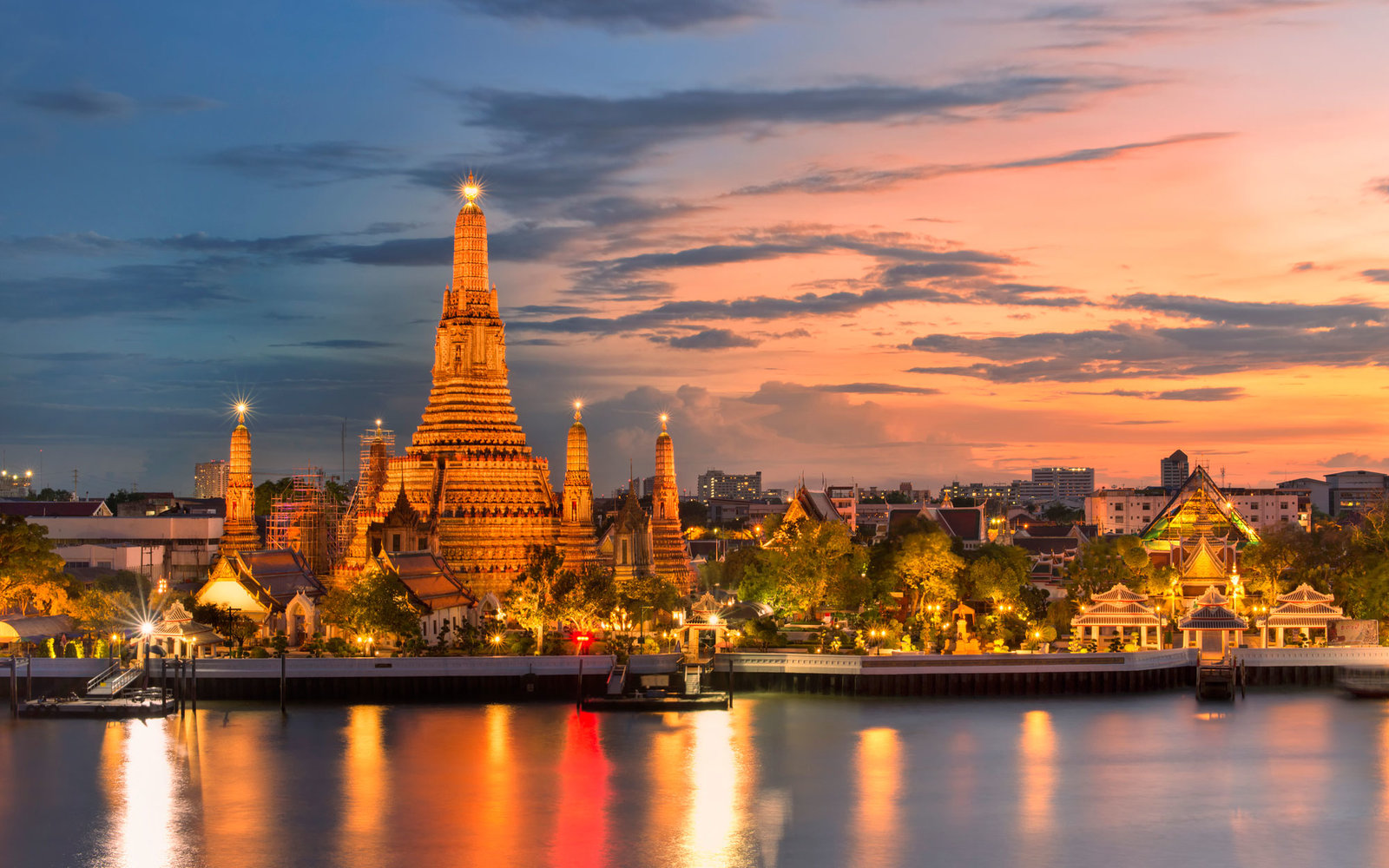
AsianOverland.net
Tour Guide - Itinerary
Asian Overland Sydney to London
Started 22/06/2022 Finished 21/06/2023365 Days ITINERARY
Day 61 date 21/08/2022AYUTTHAYA to BANGKOK, THAILAND
ASIANOVERLAND.NET SYDNEY TO LONDON DAY 61/343: BANGKOK, THAILAND
Thailand, formerly Siam, has been continuously occupied for over 20,000 years and is one of the few countries which has never been colonised by Europeans.
Bangkok dates to the early 15th century, when it was a village on the west bank of the Chao Phraya River under the rule of Ayutthaya. Because of its strategic location near the mouth of the river, the town gradually increased in importance. Bangkok served as a customs outpost with forts on both sides of the river, and was the site of a siege in 1688 when the French were expelled from Siam.
After the fall of Ayutthaya to the Burmese in 1767, the newly crowned King Taksin established his capital in Bangkok. In 1782, King Phutthayotfa Chulalok (Rama I) succeeded Taksin, and moved the capital to the eastern bank's Rattanakosin Island, founding the Rattanakosin Kingdom. The City Pillar was erected on 21 April 1782, which is regarded as the foundation date of Bangkok as the capital of Siam.
Bangkok's economy gradually expanded through international trade, first with China, then with Western merchants in the early 19th century. As the capital, Bangkok was the centre of Siam's modernization, but faced massive pressure from Western colonial powers in the late-19th century.
The reigns of Kings Mongkut (Rama IV, r. 1851–68) and Chulalongkorn (Rama V, r. 1868–1910) saw the introduction of the steam engine, printing press, rail transport, utilities infrastructure, formal education and healthcare. Bangkok was the stage for power struggles between the military and political elite, leading to the country abolishing the absolute monarchy in 1932.
Thailand allied with Japan in World War II, allowing the Japanese easy access to the Malay Peninsula, thereby ensuring the rapid Fall of Singapore, an event which was entirely unexpected by the British. Bangkok suffered from Allied bombing, but grew quickly in the post-war period as a result of US aid and government-sponsored investment.
Bangkok's role as a US military R&R destination during the Korean and Vietnam wars boosted its tourism industry, as well as establishing it as a sex tourism destination.
Following the US withdrawal from Vietnam in 1973, the expansion of export-oriented manufacturing led to the growth of financial markets in Bangkok.
Bangkok's historic centre remains Rattanakosin Island in Phra Nakhon District, the site of the Grand Palace and the City Pillar Shrine, primary symbols of the city's founding, as well as important Buddhist temples. Phra Nakhon, along with the neighbouring Pom Prap Sattru Phai and Samphanthawong Districts, comprised nearly all of Bangkok in the late 19th century. Many traditional neighbourhoods and markets are found here, including the Chinese settlement of Sampheng.
Bangkok expanded toward Dusit District in the early 19th century, following King Chulalongkorn's relocation of the royal household to the new Dusit Palace. The buildings of the palace include the neoclassical Ananta Samakhom Throne Hall, as well as the Royal Plaza and Ratchadamnoen Avenue, which leads to it from the Grand Palace.
Bangkok has always been a South East Asian stopover on Sydney to London overland journeys - Corrie stopped at Bangkok on her way to Kathmandu in 1980, while I took the long way around driving KNACKERS from London. We then met in Kathmandu and drove back from Kathmandu to London together, after agreeing our next trip to Kathmandu would be via Tibet as soon as China opened the Tibet/Nepal border. So we travelled overland back to Kathmandu again in 1985, this time via China and Tibet, which completes our Sydney to London overland itinerary.
© This work is copyright. Apart from any use permitted under the Copyright Act 1968, no part may be reproduced by any process, nor may any other exclusive right be exercised, without the permission of Peter Searle, peter@portseavillageresort.com; 1980-2024.
Website built by Justin O’Dea www.webdeveloperdocklands.com.au
